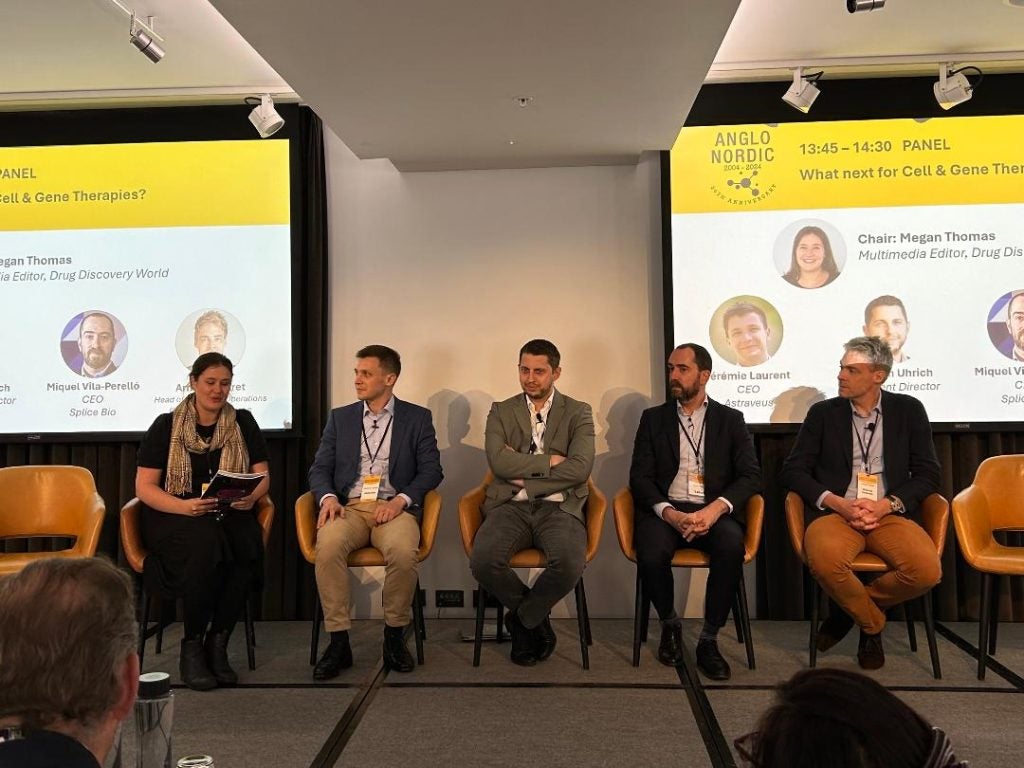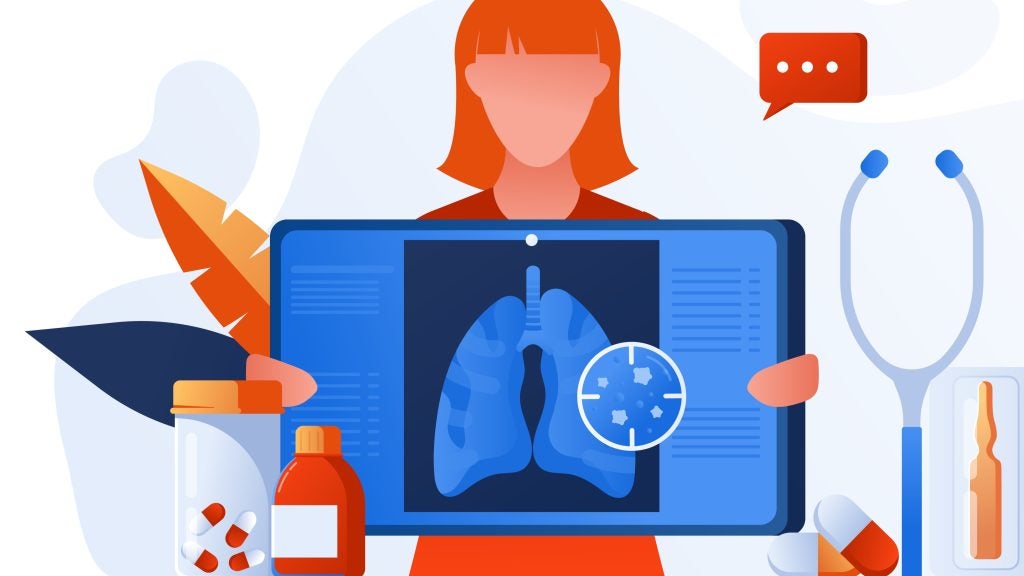
Innovation is a key focus of the pharma industry. This has led to dramatic improvements in the treatment options available to at-need patients. Due to technological innovation and the development of cell and gene therapies, it is now possible to use CAR-T treatments to cure certain types of cancers and particular patient populations. in
Although these innovations drive medicine forward, they pose a significant challenge to regulators. These bodies need to stay abreast of the many new, emerging trends in the industry and figure out how best to assess these novel products for safety, efficacy and value.
Axinn partner and patent attorney with more than 15 years of experience looking at regulatory matters related to the pharma market David Silverstein discusses why cell and gene therapies are such an important development for the industry. However, he also notes how advanced therapies have challenged regulators, particularly linked to the rise in unlicensed clinics administering unapproved regenerative therapies.
Allie Nawrat: What makes cell and gene therapies such an exciting and important development for the pharma industry?
David Silverstein: If you had to analogise it as martial arts, there are traditional ways of treating diseases with small molecules, for example, and that is more like karate – it is force against force, forcing the body to do something.
Whereas cell and gene therapies are more like judo, where you use the opponent’s momentum to your advantage.
How well do you really know your competitors?
Access the most comprehensive Company Profiles on the market, powered by GlobalData. Save hours of research. Gain competitive edge.

Thank you!
Your download email will arrive shortly
Not ready to buy yet? Download a free sample
We are confident about the unique quality of our Company Profiles. However, we want you to make the most beneficial decision for your business, so we offer a free sample that you can download by submitting the below form
By GlobalDataTo me, these therapies use the strength of the body; evolution has given us the fantastic cellular mechanisms, and cell and gene therapies tap into them.
It’s just a much more targeted and efficient way to bring about the result you’re after, rather than forcing some foreign small molecule into the cell, and triggering effect.
We are better off for small molecules, but the next step in the evolution of medicine is selling gene therapy.
AN: What challenges have cell and gene therapies created for regulators?
DS: It is a paradigm shift for regulators. Originally, regulators emerged out of the need to ensure that tonics being sold on roadside stands were safe and actually effective, so they are accustomed to dealing with that type of industry. Those products are much easier to describe, characterise and make, than these large, more complicated biological products.
The obvious challenges are around how do you categorise them? You can’t just put them all in the same bucket; stem cells are different than gene therapy delivered by a virus. So [there are issues] with the agency just getting its head around that. What are the critical differences that need to be established so that we can evaluate these appropriately? So we’re not just painting with a broad brush and treating them all the same.
The other challenges [relate to] all the unapproved regenerative therapies. It is a significant [problem]. Studies have shown that [unqualified] people have been discovered administering unlicensed stem cell therapies. [This situation has arisen from] patients who either have exhausted traditional therapies and they’re just desperate to try anything to patients who don’t trust what the government and regulators are telling them.
The FDA is struggling with enforcement actions against them; the lack of oversight and regulation on these can lead to fatal results.
AN: How have regulators, and particularly the FDA, responded to the emergence of cell and gene therapies?
DS: In the past several years, the FDA has gotten very motivated. In 2016 and 2017, key FDA guidances came out about the regulation of these products. The FDA had designated 2020 as the year of increased enforcement activity to get under control these unapproved labs that are administering unapproved and potentially dangerous preventative therapies – but, unfortunately, Covid-19 has thrown a wrench in their gears.
We’ll see how priorities shift after this year – currently Covid-19 is rightfully in the centre – but I don’t know if the FDA is going to lose interest or shift its priorities away from regulating these products and engaging in enforcement.
AN: What are the special intellectual property considerations around these advanced therapies?
DS: The challenges are that as these are products of nature you have to be careful and make sure the product’s different enough so you don’t fall afoul of the Supreme Court’s case law on patentable subject matter.
Another challenge is the importance of trade secrets. A lot of people when they think about how do you protect these products and manufacture these products, they jump right to patents. But with these kind of products, it’s important for a stakeholder to take into account trade secret protection. It is an alternative to patent protection. It, of course, complements patent portfolio; but you can protect things with trade secrets that you couldn’t protect with patents.
Often I advise clients to segment their manufacturing workflow, so that there isn’t one single group or individual who knows every step of the manufacturing process. This is a highly competitive industry and there’s a lot of mobility with people changing jobs. Even without getting to malfeasance of people trying to steal trade secrets, you need to think about what knowledge is in people’s heads. You can control it by breaking up your work group so that they’re collaborating together, but no one group knows every step of the process.
AN: What impact has the regulators’ reactions had on advancing cell and gene therapy innovation?
DS: In the last 10 years, [there has been] an uptick in industry emphasis on them and innovation. This is in part because the regulatory landscape is becoming clearer. If companies know what rules they need to play by, then they can properly assess the risks and rewards of investing in research projects.





